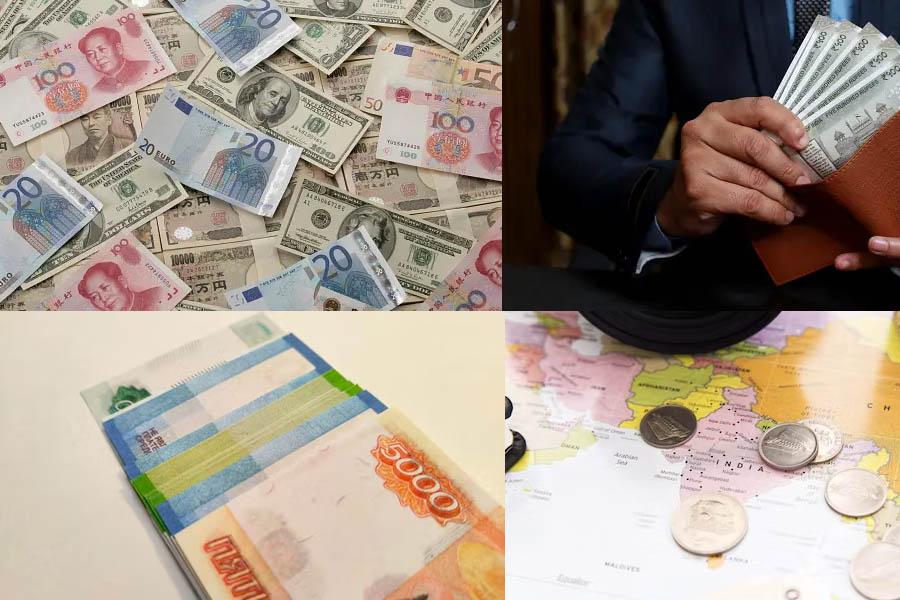
The expansion of the BRICS organization, fueled by the inclusion of Iran, Saudi Arabia, Egypt, Ethiopia, and the UAE, is not only reshaping geopolitical landscapes but is also influencing global market dynamics. As these diverse economies join forces, their collective impact on financial markets becomes a significant catalyst for the ongoing process of de-dollarization.
Diversification of Currency Reserves:
One of the immediate effects of the BRICS expansion is the diversification of currency reserves among member nations. Historically, the US dollar has been the dominant choice for central banks worldwide. However, the collective economic strength of BRICS, now including major Middle Eastern economies, provides an alternative avenue for nations to diversify their foreign exchange reserves. This trend is likely to accelerate as more countries seek to reduce their dependency on the US dollar in response to recent geopolitical events.
Shift in Trade Settlements:
The BRICS expansion signals a potential shift in how international trade settlements are conducted. Traditionally, the US dollar has been the default currency for global transactions. However, the growing economic influence of BRICS, coupled with initiatives like the China-Russia currency alliance, is encouraging nations to explore alternatives. Settlements in local currencies or currencies within the BRICS alliance could become more prevalent, diminishing the traditional reliance on the US dollar for trade transactions.
Emergence of Challenger Currencies:
The refusal of Russia's BRICS partners and other nations to adhere to Western-style sanctions has highlighted the limitations of the US in exerting economic pressure. This has spurred discussions among non-Western nations about embracing "challenger currencies." The Chinese renminbi, in particular, has gained prominence, and with the broader BRICS coalition, there is potential for the creation of a new reserve currency that challenges the long-standing dominance of the US dollar.
Gold as a Stabilizing Asset:
Both China and Russia, key players within BRICS, have been accumulating significant gold reserves. This move is seen as a strategic effort to create a hedge against currency volatility, especially in the face of a declining US dollar. As BRICS nations continue to bolster their gold holdings, it adds weight to the argument for a return to precious metals as a stabilizing force in a world where traditional fiat currencies face uncertainties.
Regional Trade Blocs and Economic Integration:
The BRICS expansion fosters stronger economic ties among member nations and encourages the formation of regional trade blocs. As these alliances solidify, there is a natural inclination for nations to conduct trade using their own currencies or currencies agreed upon within the regional bloc. This shift from a singular global currency dominance towards more localized trade arrangements contributes to the broader de-dollarization trend.
The expansion of BRICS, inclusive of new Middle Eastern members, presents a formidable force that is actively challenging the established norms of the global financial system. The effects on markets are evident, with discussions around de-dollarization gaining momentum. While the US dollar remains a crucial player in international finance, the rise of BRICS signifies a transformative phase in global economics where a multipolar currency landscape is emerging, and the process of de-dollarization is undeniably underway. As this trend continues, the financial world braces for a new era where economic power is distributed more evenly, and alternative currencies gain prominence on the international stage.